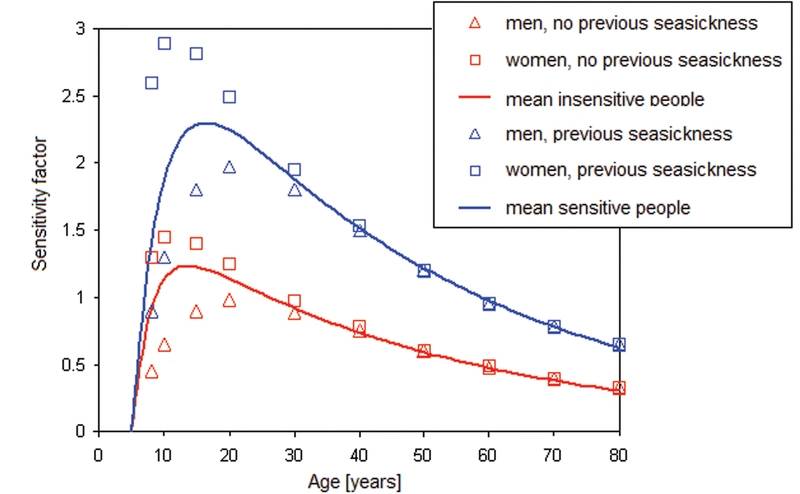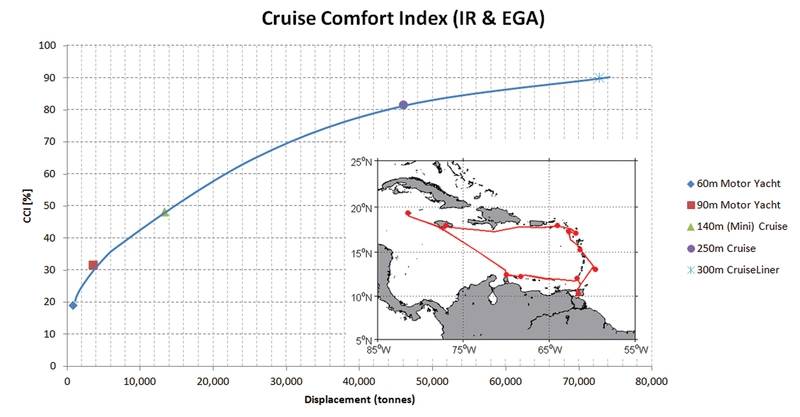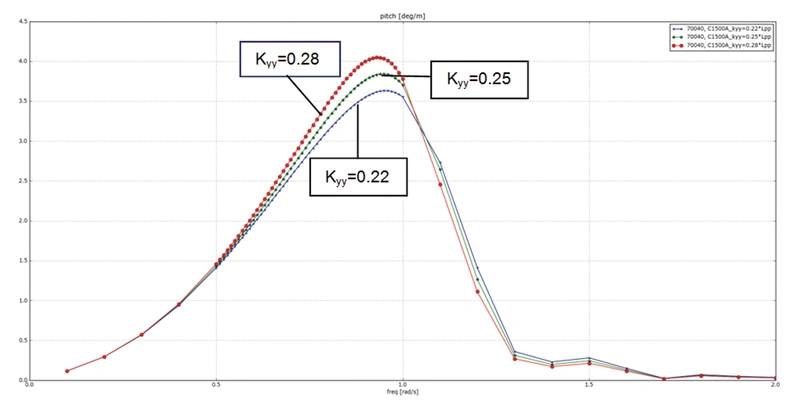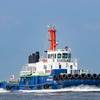Ship Design: Addressing the Elusive Issue of Comfort Onboard
In a world that brings pretty much anything to you at the press of an app, we are often asked why it is so difficult to assess comfort onboard a yacht.
That the assessment of comfort onboard is not an easy task is also shown by the fact that there is no industry standard as yet. This problem has already been identified by the International Organization for Standardization and a new working group (ISO (TC8/SC12/WG 5 AWI 22834) led by MARIN is aiming to develop a comfort standard for yachts in the next three years.
ISO Comfort standard
On a parallel track, MARIN has initiated the dedicated Joint Industry Project “Comfort”, which will develop tools, and obtain and analyse data related to comfort levels. This JIP aims to obtain comfort criteria that not only give a numerical value but also include the human interpretation of this comfort level. These criteria can then be applied when designing new ships.
After many years of research we know that a ship’s size does matter (the bigger the better), that the longitudinal weight distribution (figure 4) plays a more important role than the shape of the bow (figure 5), and that men and women react to the same stimuli in different ways and that this changes with age. We also understand that the most “comfortable” area is often located at a third of the ship’s length from the stern.
New frontier
There is more understanding about the important role the ship’s parameters play and about which actions the captain should take to make the yacht more comfortable. The new frontier of MARIN’s research is combining our hydrodynamic knowledge with active control systems and onboard advisory tools to assist with the comfortable operation of a yacht.
Stabilisation systems have become the “most wanted” system onboard, but which one is the most suitable one for a specific yacht? Despite the fact that we are able to numerically and experimentally reply to these questions, we recognise that certain concepts need further explanation and research.
We feel it is our duty to keep researching the contributions of ship motions and accelerations. As mentioned, we have already launched the Comfort JIP and as a “teaser” we have started to develop an application named “Comfort Mate”, which will become available to all participants. Contact us when you would like to participate in our research to achieve optimal comfort at sea.
About the Author
Enrico Della Valentina is senior project manager for the Yacht team at MARIN. MARIN offers simulation, model testing, sea trials and training to the shipbuilding and offshore industry and governments. E: [email protected]



























